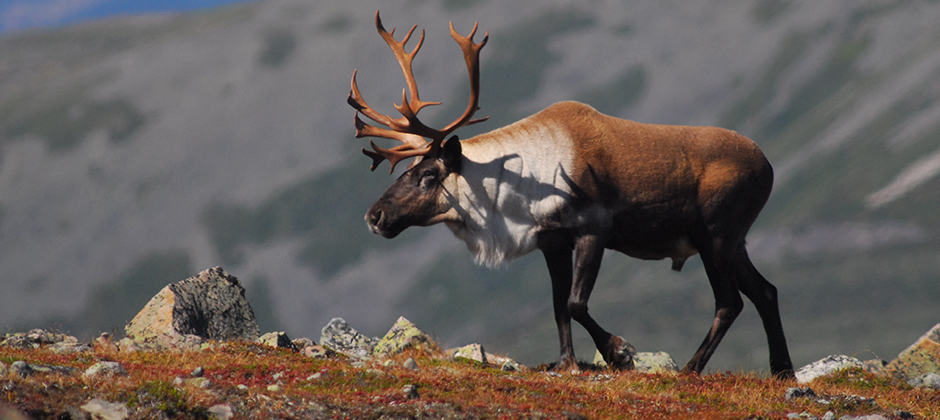Share this article
Wild Cam: Struggling caribou herd penned in by predators
The Gaspésie herd is one of North America’s most endangered caribou populations, and logging around the fringes of the last remaining landscapes it occupies is giving predators an advantage over the struggling herd.
The herd occurs south of the St. Lawrence River in Quebec in a small provincial park in the Gaspe Peninsula. At about 200 miles from the Maine border, the caribou (Rangifer tarandus caribou) are the closest herd to the eastern U.S., but less than 70 remain in a herd that numbered in the thousands in the early 1900s.
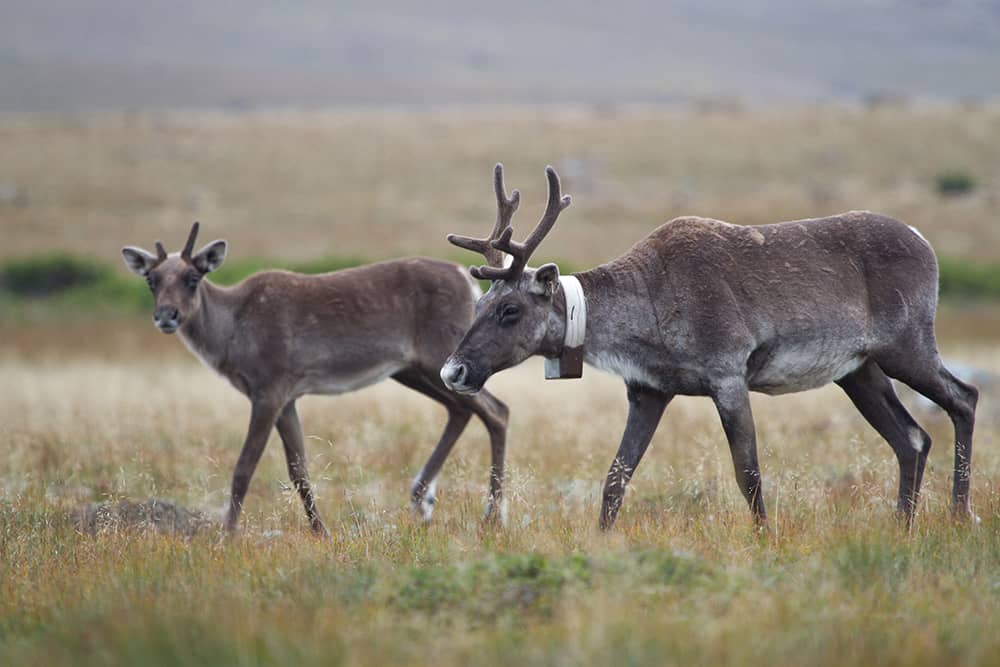
©Frederic Lesmerises
Martin-Hugues St-Laurent, a biologist at the University of Quebec at Rimouski and one of the co-authors of a study published recently in Global Ecology and Conservation, wanted to monitor these caribou to learn more about the threats they face. He got his chance in 2013 when he and his colleagues fitted about half of the remaining herd — which then numbered about 200 — with GPS collars.
Gaspésie National Park, which is actually a provincial park, mostly comprises high altitude terrain with old forests full of lichens that caribou feed on. At about 310 square miles, it’s a relatively small park surrounded mostly by forests that have experienced logging in past few decades. St-Laurent and his colleagues examined this landscape to characterize it in terms of how much the forest had recovered since it was last logged, whether roads or other structures were present, if hikers or skiers used the landscape and other factors.
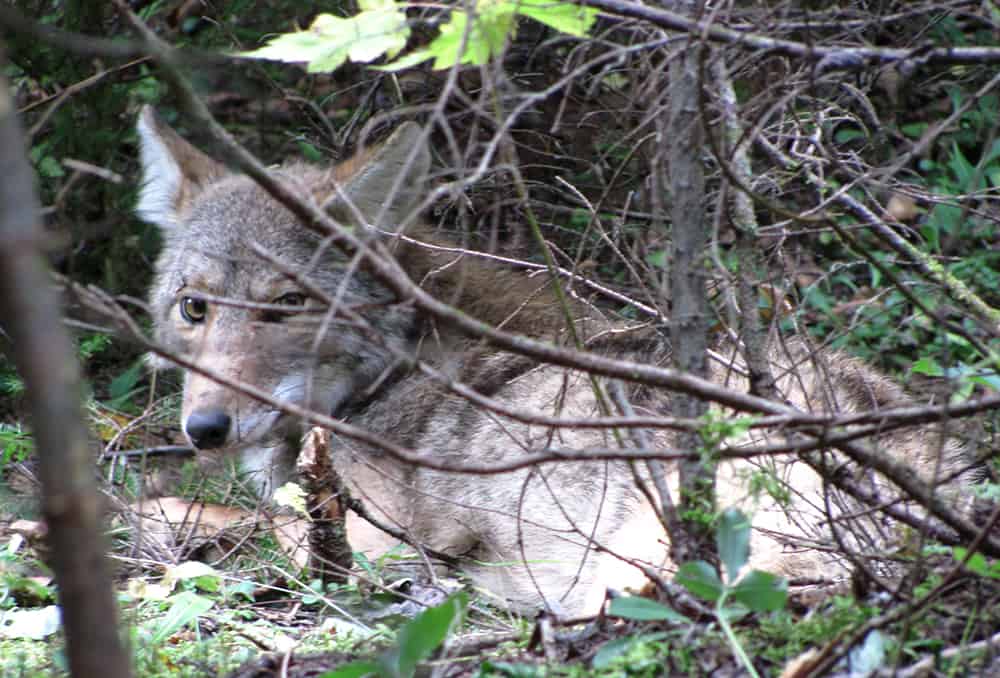
©University of Quebec at Rimouski
Predators are primarily responsible for the falling caribou population in the Gaspe Peninsula. Colleagues had fit GPS collars on black bears (Ursus americanus) and coyotes (Canis latrans) in the area to see where these animals were preying on caribou.
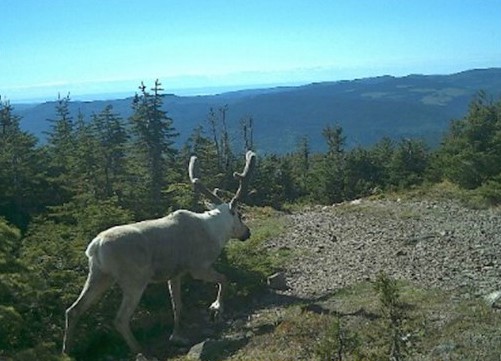
©University of Quebec at Rimouski
Genetic sampling they conducted showed the caribou herd was split into two distinct subpopulations on either end of the highway that cuts along the western end of the park.
These caribou spend more than 95% of their time within the confines of the park. Females occasionally went to lower elevations at the end of the winter. Males looking to reproduce would sometimes stray during the mating season.
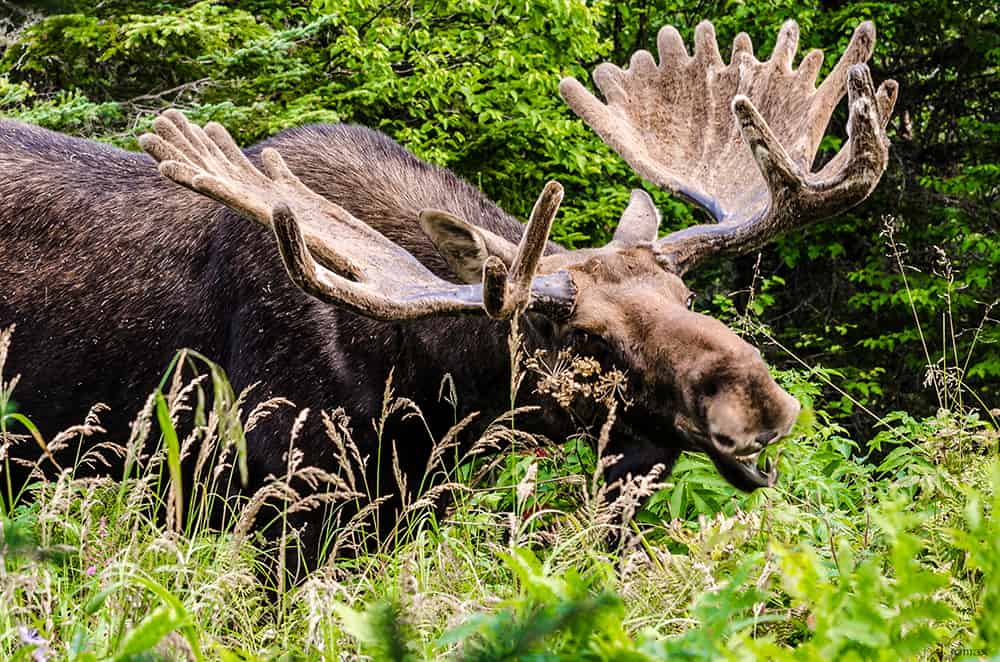
©Tiomax80
In the past 25 years, about half of the mature forest in the area had been removed, prompting moose (Alces alces) to move into higher elevations, giving the areas around Gaspésie some of the highest moose densities of Quebec. While moose aren’t necessarily a threat to caribou, the larger animals draw large predators — in high numbers given the availability of moose prey.
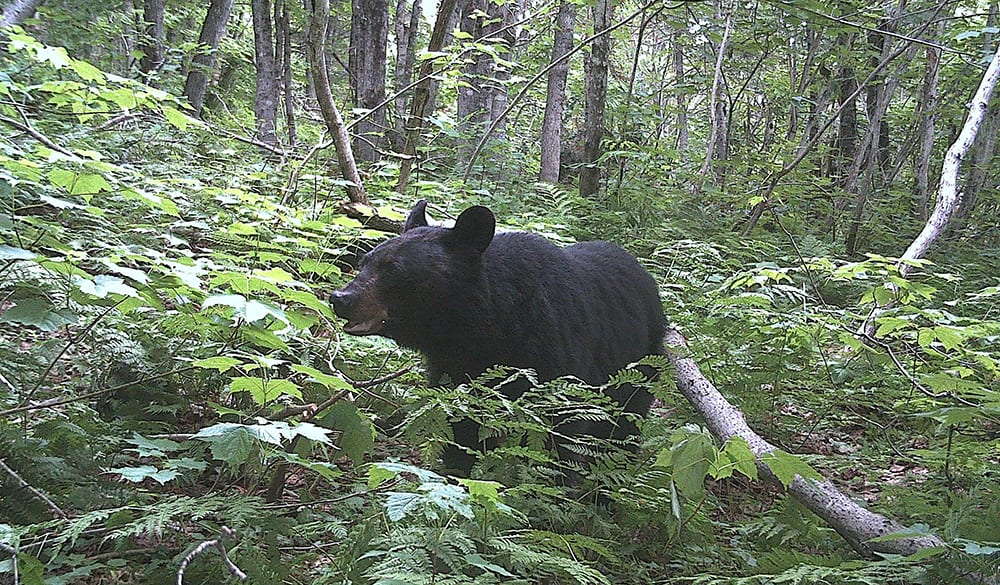
©University of Quebec at Rimouski
Moose calves are black bears’ main food source during the mid-summer, but the bears also opportunistically prey on caribou calves they come across. The Gaspésie caribou have such low numbers that the loss of an occasional calf is unsustainable.
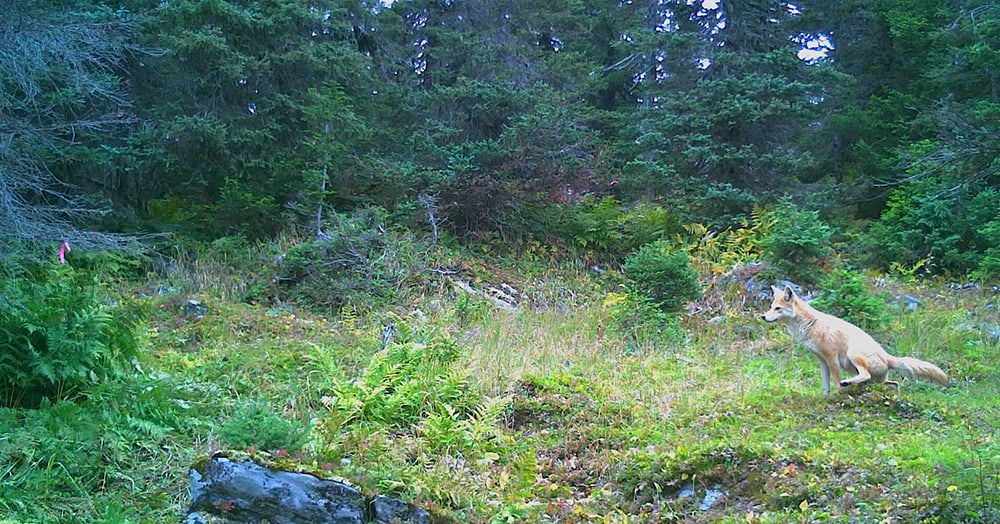
©University of Quebec at Rimouski
There are no gray wolves (Canis lupus) in this area, but the coyotes are larger than usual, and sometimes even hunt in packs, taking down moose and the occasional caribou — both calves and adults. Bears and coyotes typically occupy younger forests where they are more likely to find moose, but they also catch caribou that stray from the mature forest.
“We have predators everywhere. We have coyotes everywhere,” St-Laurent said. Researchers found that variation in caribou calf recruitment was mostly driven by the abundance of coyotes near the park.
“All of those guys are interacting together in a changing landscape,” he said. “We have created a kind of trap in the park, surrounded by a lot of risky habitat.”
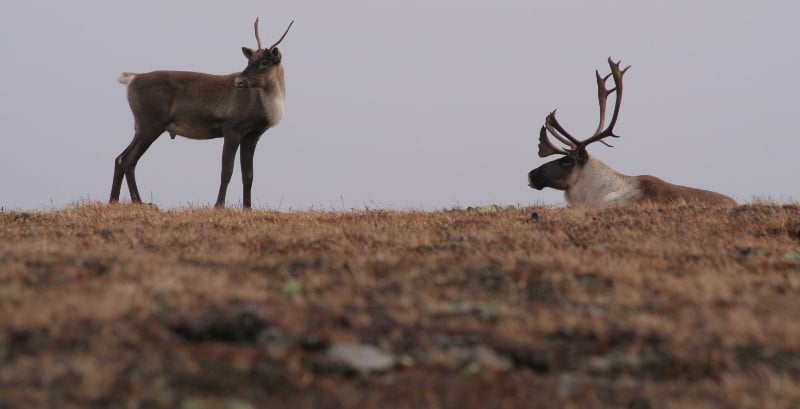
©Marc L’Italien
The provincial government is making efforts to remove some of the predators to reduce pressure on caribou. “Without the predator control program, there is no chance that the caribou stay there,” St-Laurent said.
But it’s difficult to maintain this control on a yearly basis. The bears and coyotes get constant recruitment from surrounding areas. While caribou used to live all over the Canadian Maritimes and throughout New England, the closest herd today is about 30 miles north of the St. Lawrence River.
“Those animals are really isolated,” St-Laurent said.
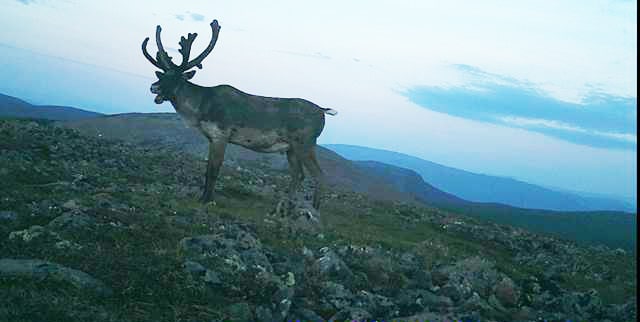
©University of Quebec at Rimouski
He believes the solution for maintaining the herd could lie in new techniques like translocating caribou from other areas, penning in mothers during the periods their calves are most vulnerable and building an overpass across the highway to connect habitats. But the main problem has more to do with maintaining those habitats, St-Laurent said. “We have to maintain forests that are older than 50 years old,” he said.
The surrounding landscapes may be slow in growing, but they may eventually provide a larger terrain for the Gaspésie herd. In order to improve conservation for the endangered herd, St-Laurent would like to see more protected areas in the Gaspe Peninsula.
“We have to open our eyes,” St-Laurent said.
This photo essay is part of an occasional series from The Wildlife Society featuring photos and video images of wildlife taken with camera traps and other equipment. Check out other entries in the series here. If you’re working on an interesting camera trap research project or one that has a series of good photos you’d like to share, email Joshua at jlearn@wildlife.org.
Header Image: A bull caribou from the Gaspésie herd appears at the summit of a mountain in Quebec. ©Denis Desjardins



